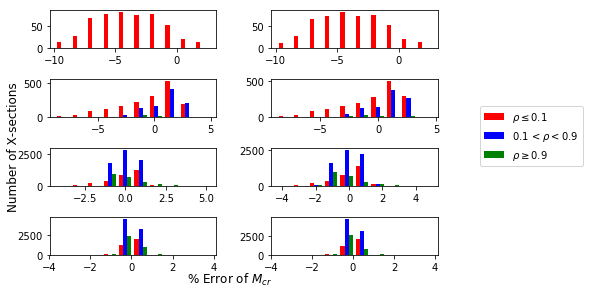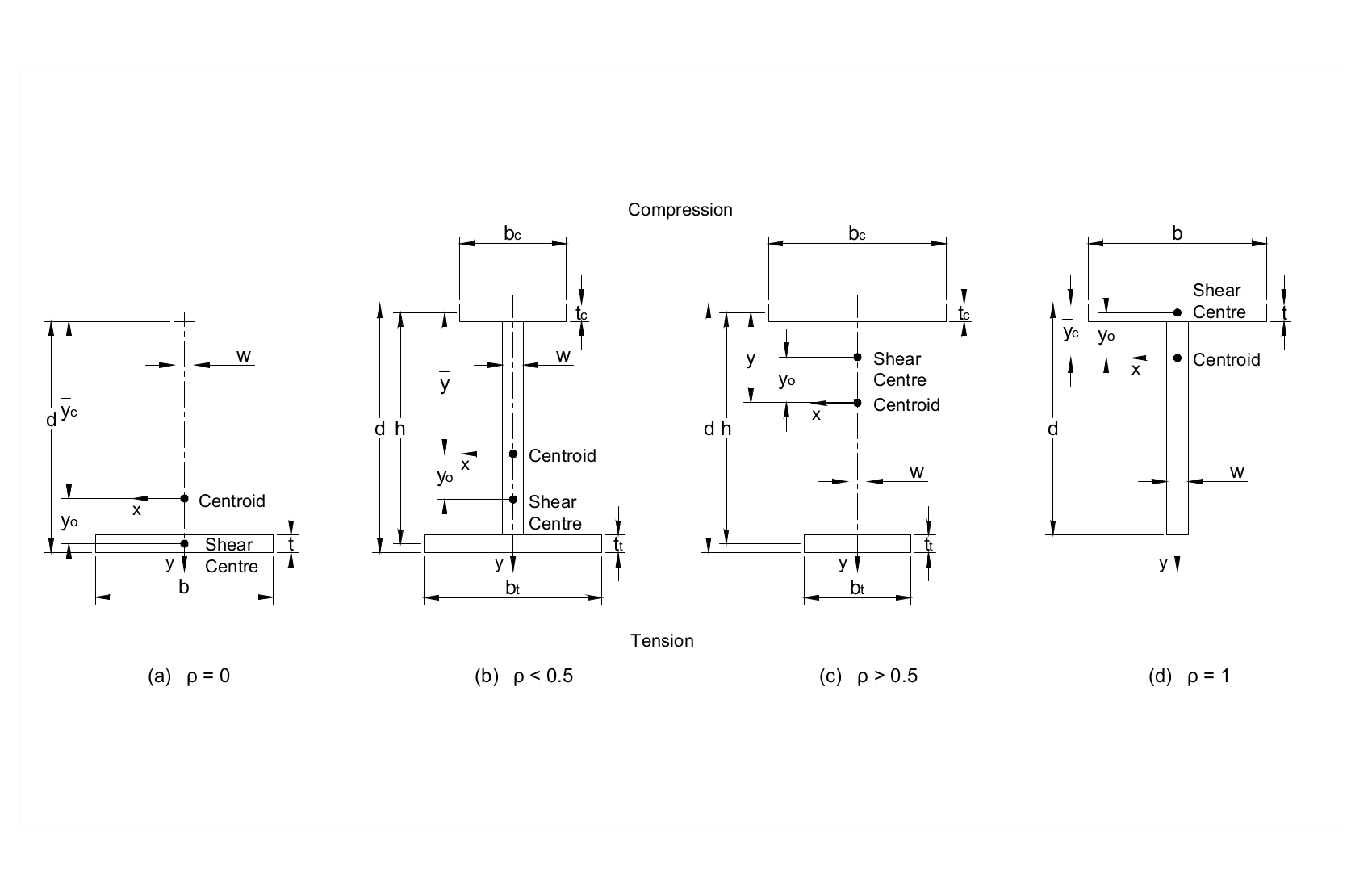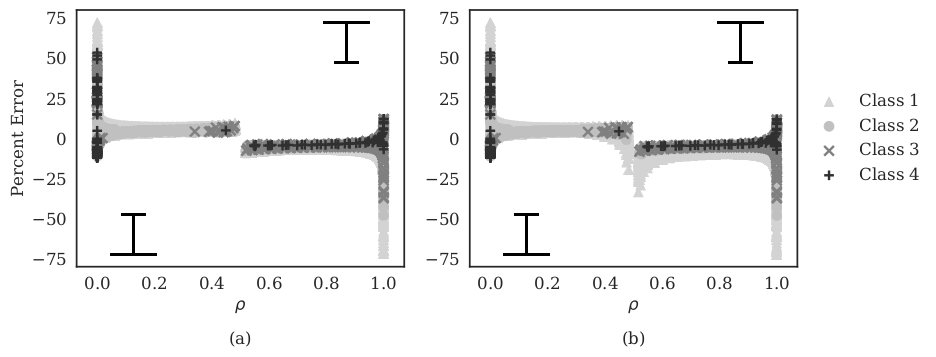Research
Investigate Lateral-Torsional Buckling Behaviour of Singly-symmetric Steel Girders
- when: 05/2018 - 08/2018
- organization: University of Alberta
- professor: Dr. Robert Driver
Steel bridge girders are commonly fabricated from three plates to form an I-shape, with the top and bottom flanges having different sizes. Before the final bracing is in place and the deck slab is cast, they can be susceptible to "lateral-torsional buckling" failure. The behaviour of girders with singly-symmetric cross-sections is particularly complex and depends on whether the larger or the smaller flange is in compression. Lateral–torsional buckling provisions in structural steel design standards were developed using assumptions about residual stresses consistent with fabrication procedures from decades ago. Due to considerably greater control during modern shop operations and welding procedures, a re-examination of these provisions is appropriate. In addition, it has been observed that design methods currently used may not reflect the intent of previous research in some cases, so this also must be studied to ensure that designs are both safe and economical. The overall research project includes both numerical simulations and laboratory experiments on large-scale singly-symmetric welded wide-flange girders fabricated with modern welding techniques. Transverse loading is applied until the girders buckle laterally and the results are compared to theoretical and design-based procedures. The outcomes of the research will be used to determine whether existing design provisions are adequate for predicting the lateral–torsional buckling capacity of these girders and, if necessary, improved design provisions will be proposed.


The above images plot the percent error of the critical elastic buckling moment as a function of the percent error in the asymmetry parameter and the number of beams containing singly-symmetric cross-sections as a function of the percent error of the critical elastic buckling moment, respectively.
Evaluation of CSA S16-14 Asymmetry Parameter for Singly-symmetric Beams
- when: 09/2017 - 04/2018
- organization: University of Alberta
- professor: Dr. Robert Driver
The provisions in Canadian steel design standard S16 (CSA 2014a) for determining the lateral–torsional buckling capacity of unequal-flange I-shaped beams employ an asymmetry parameter, βx, that is a function of cross-sectional shape. It has been observed that the approximate equation for this parameter in the standard can be highly inaccurate in some cases. A study was completed to compare the approximate values of βx to the exact solutions for 16,312 singly-symmetric I-sections and 188 standard WT-shapes from the Handbook of Steel Construction (CISC 2017). It is concluded that the current standard provides extremely variable results, but is generally conservative for use in design, with the exception of T-sections, as long as the larger flange is in compression. Recommendations for adoption into the next edition of the standard are provided.


The above images are taken directly from the publication of these results in the Canadian Journal of Civil Engineering (link to which can be found on my publication list.